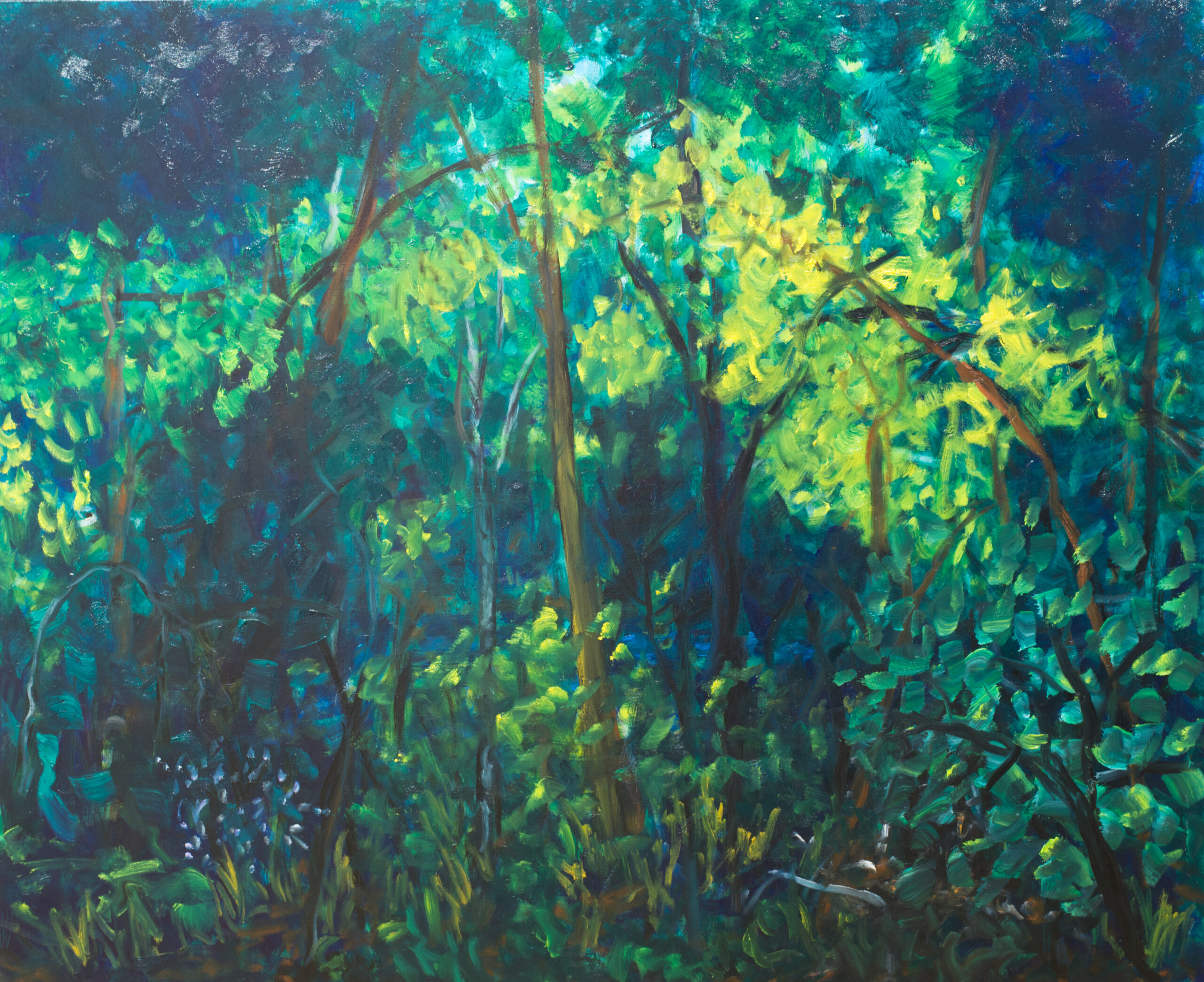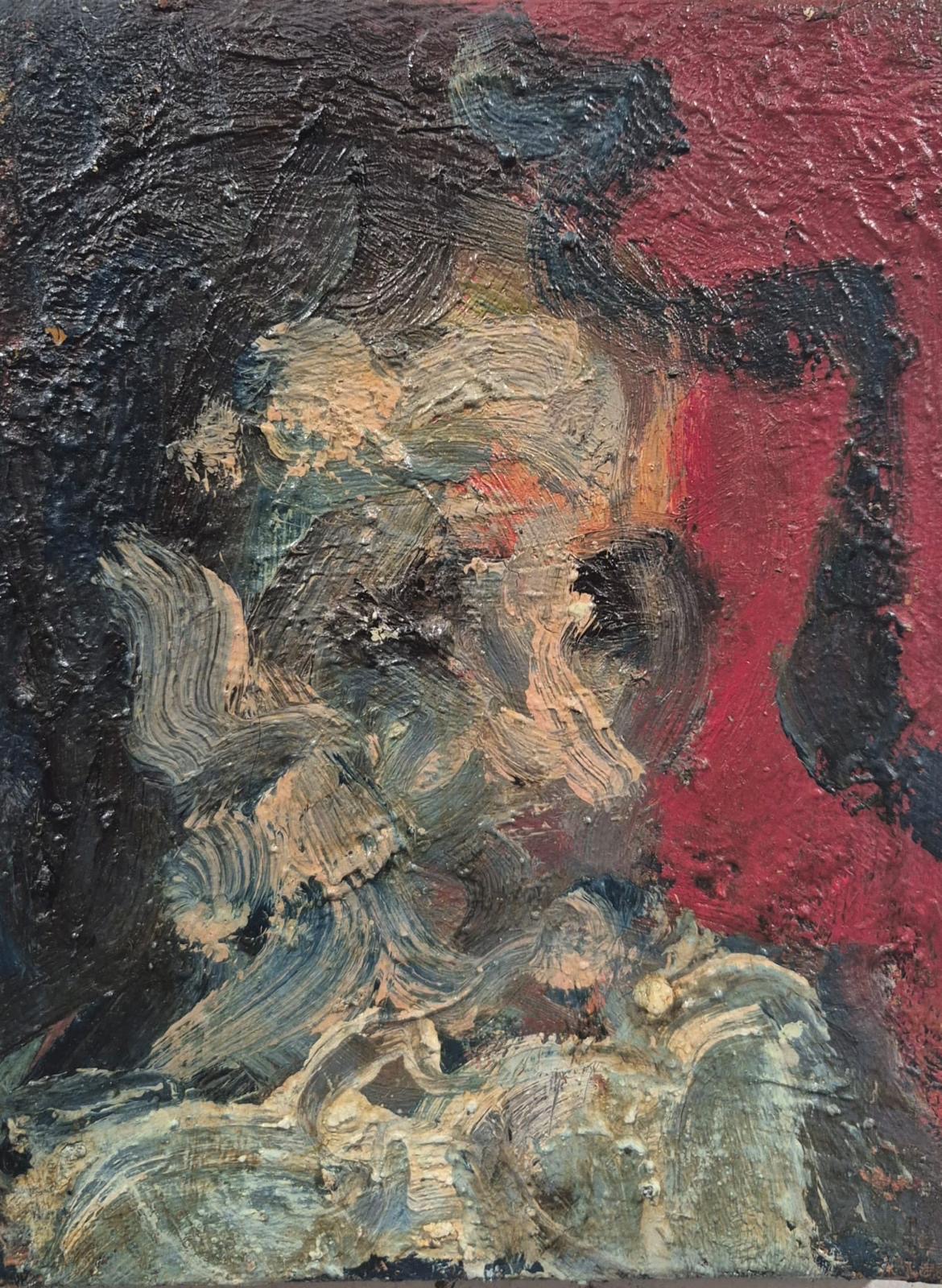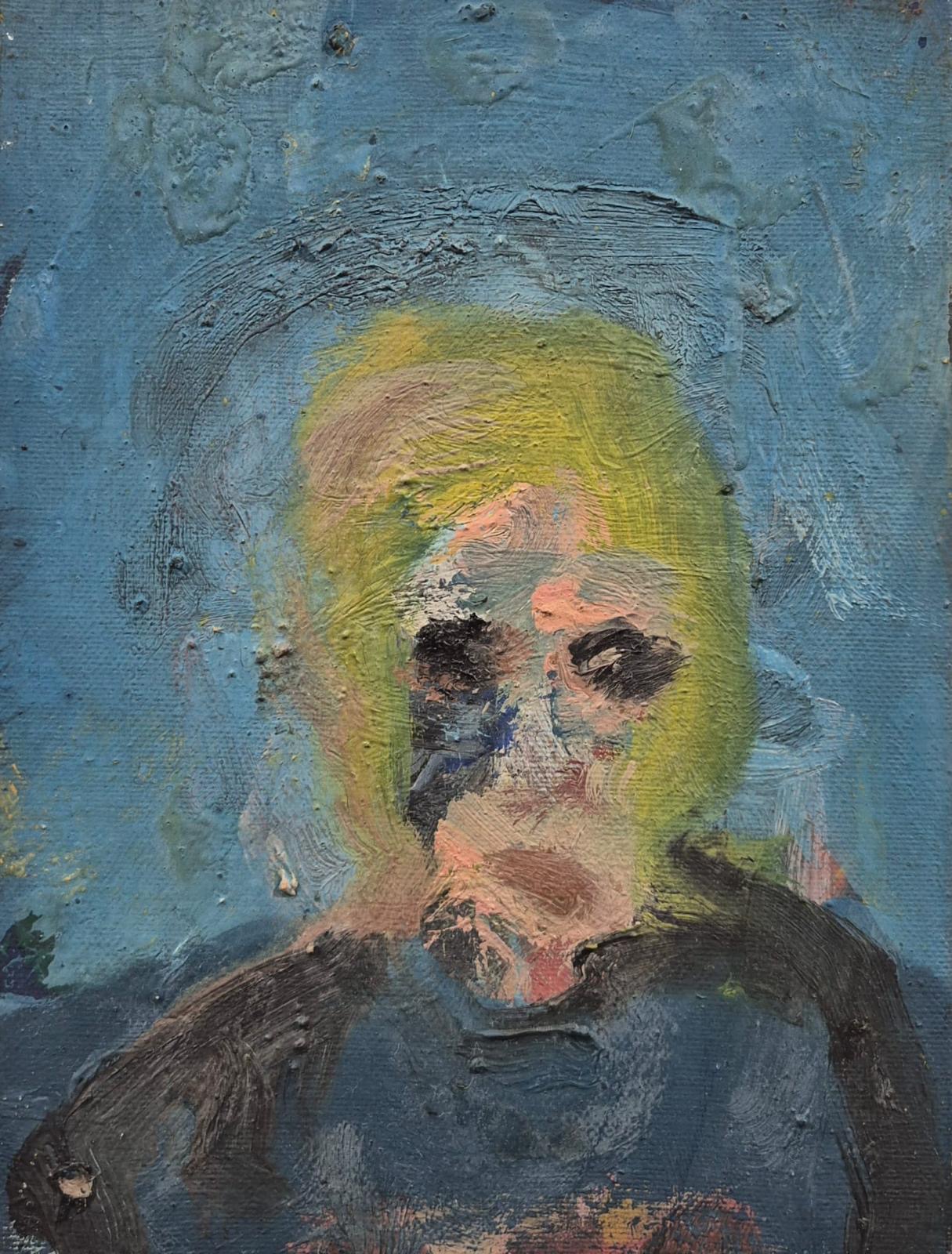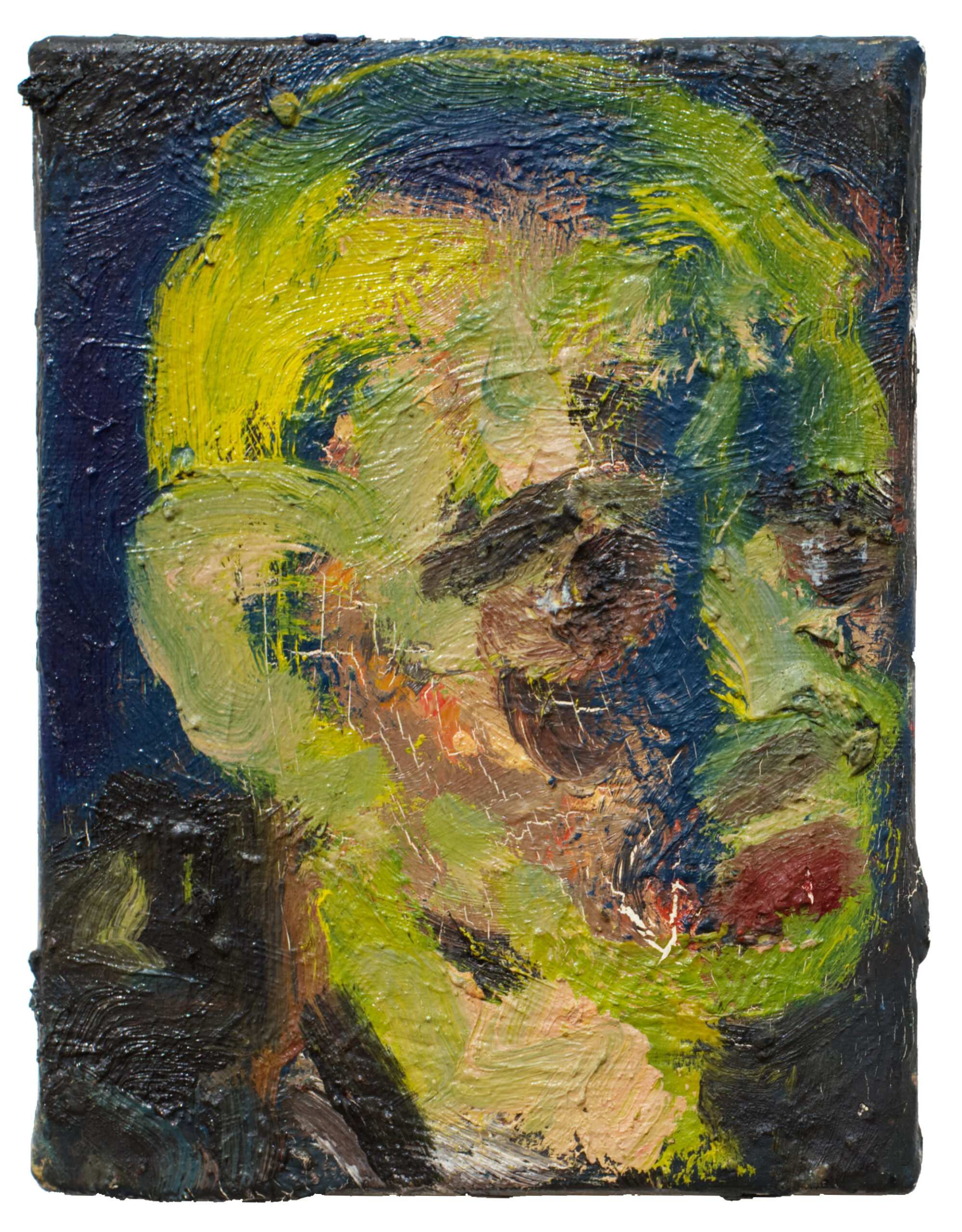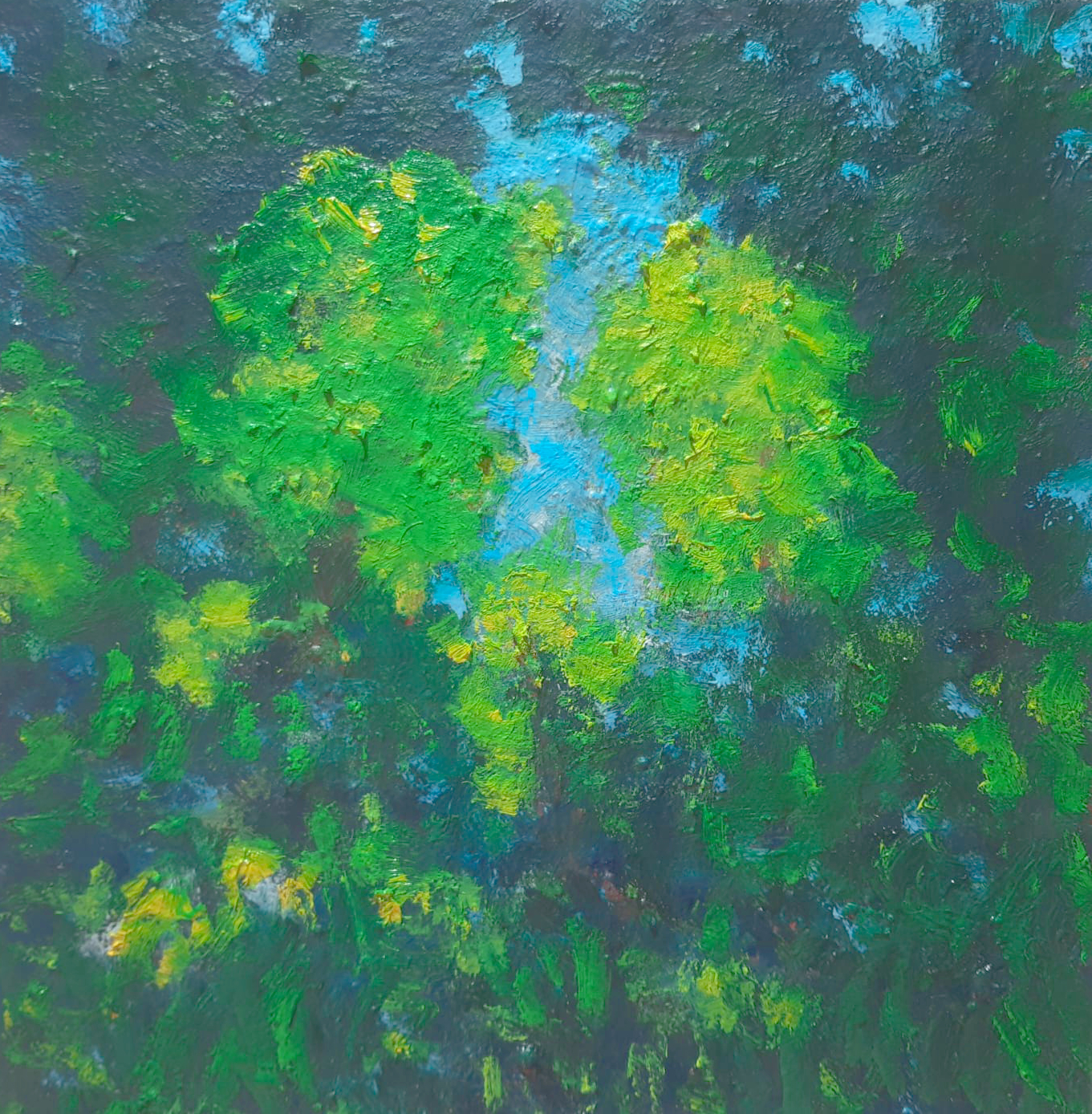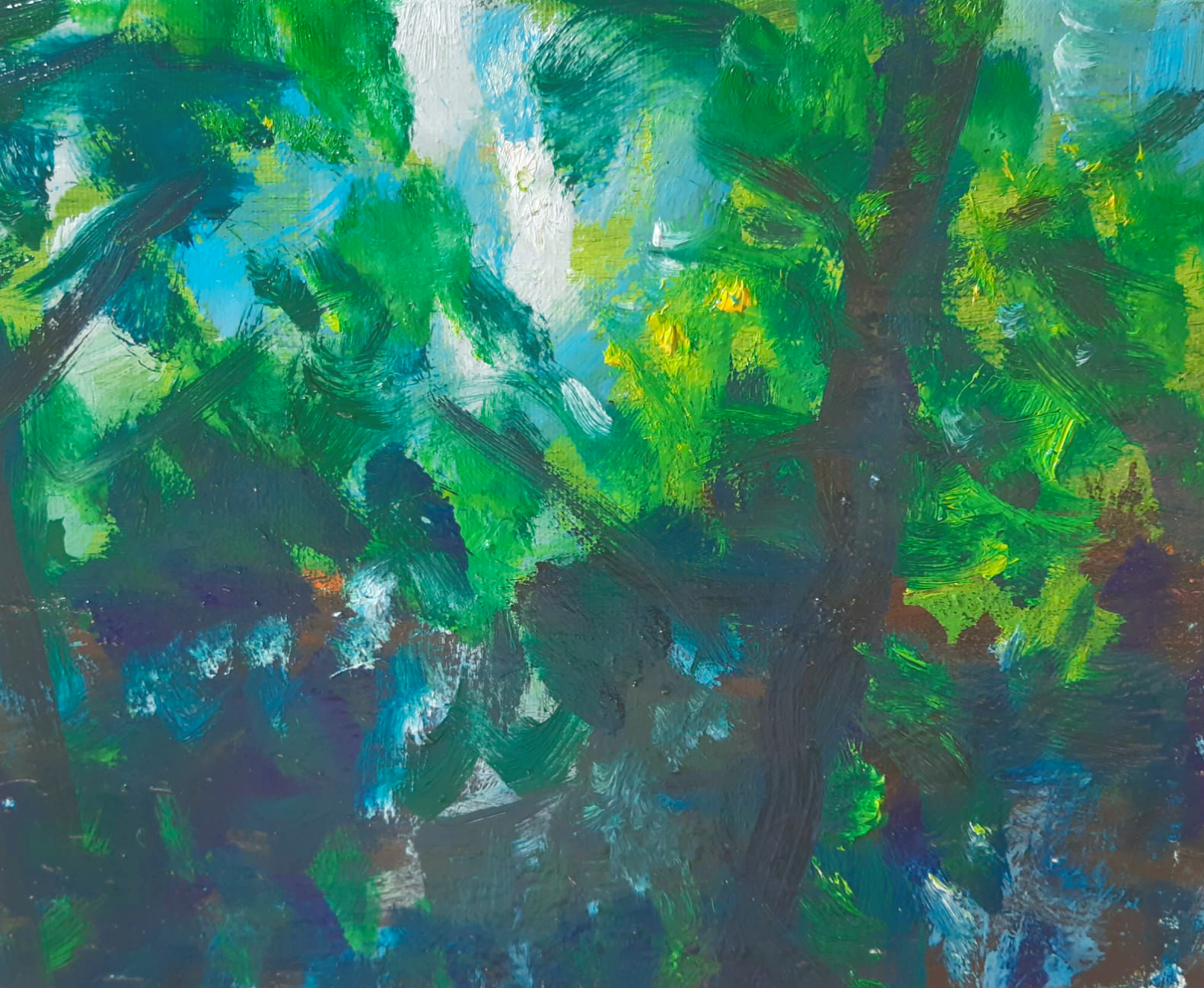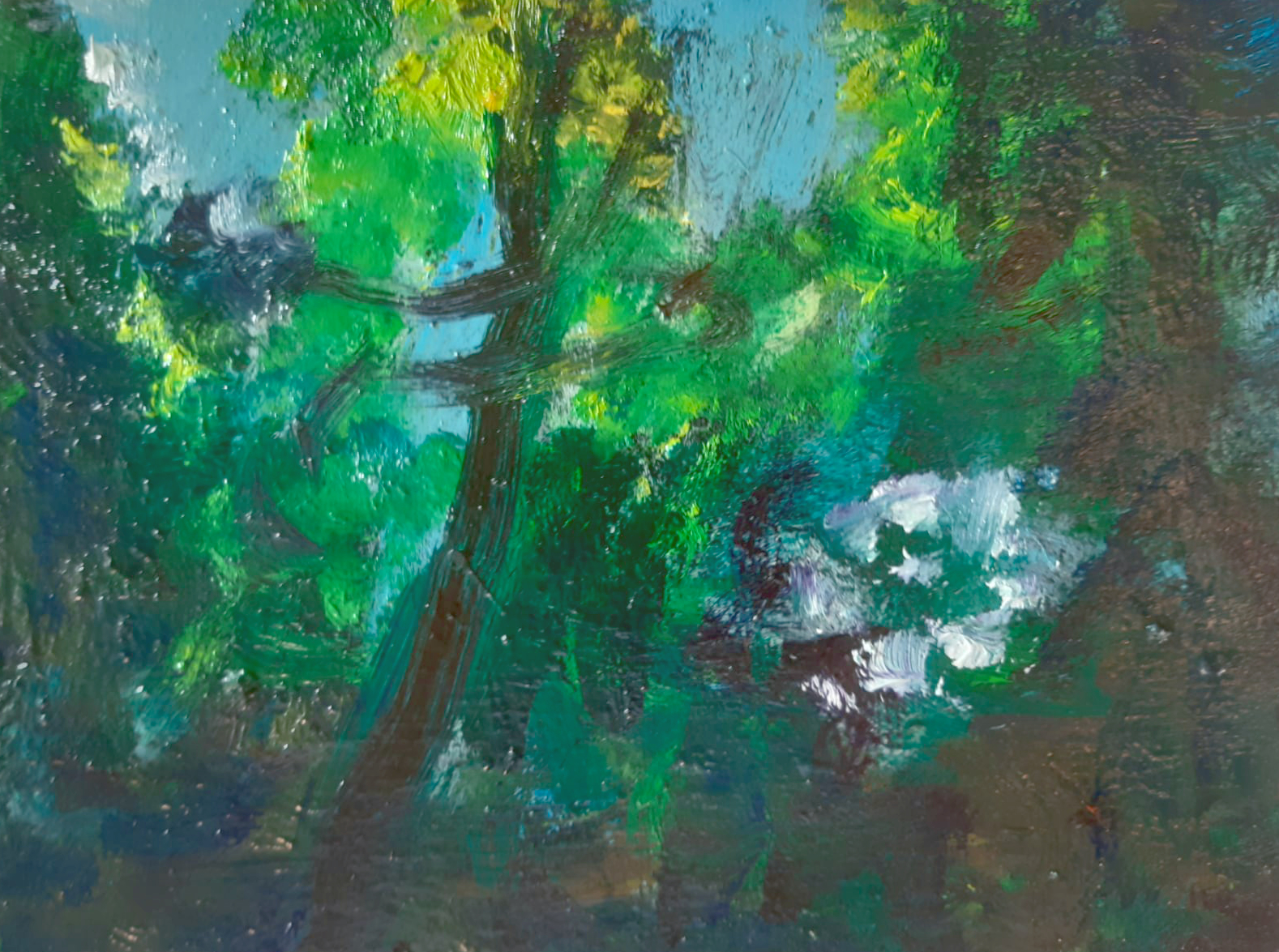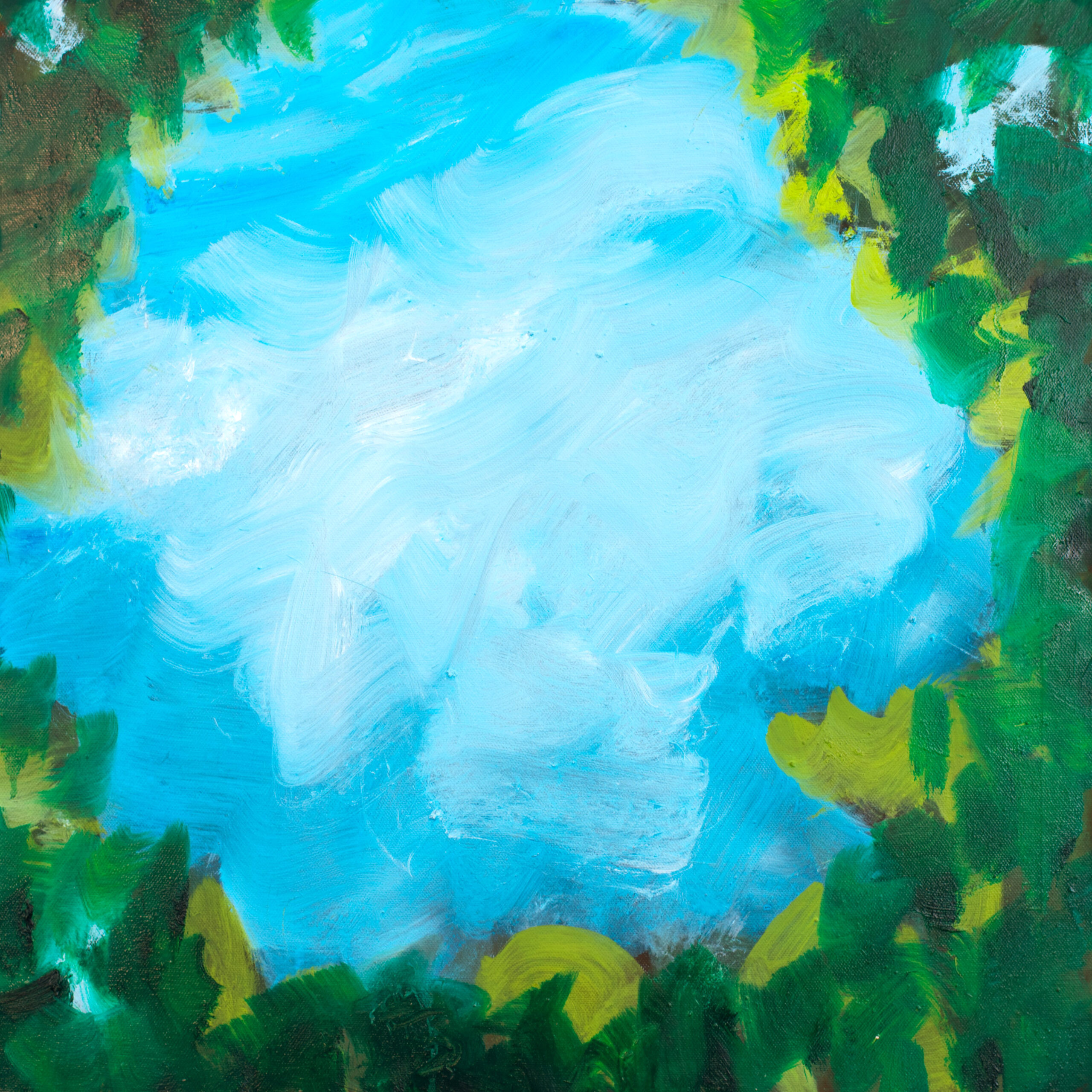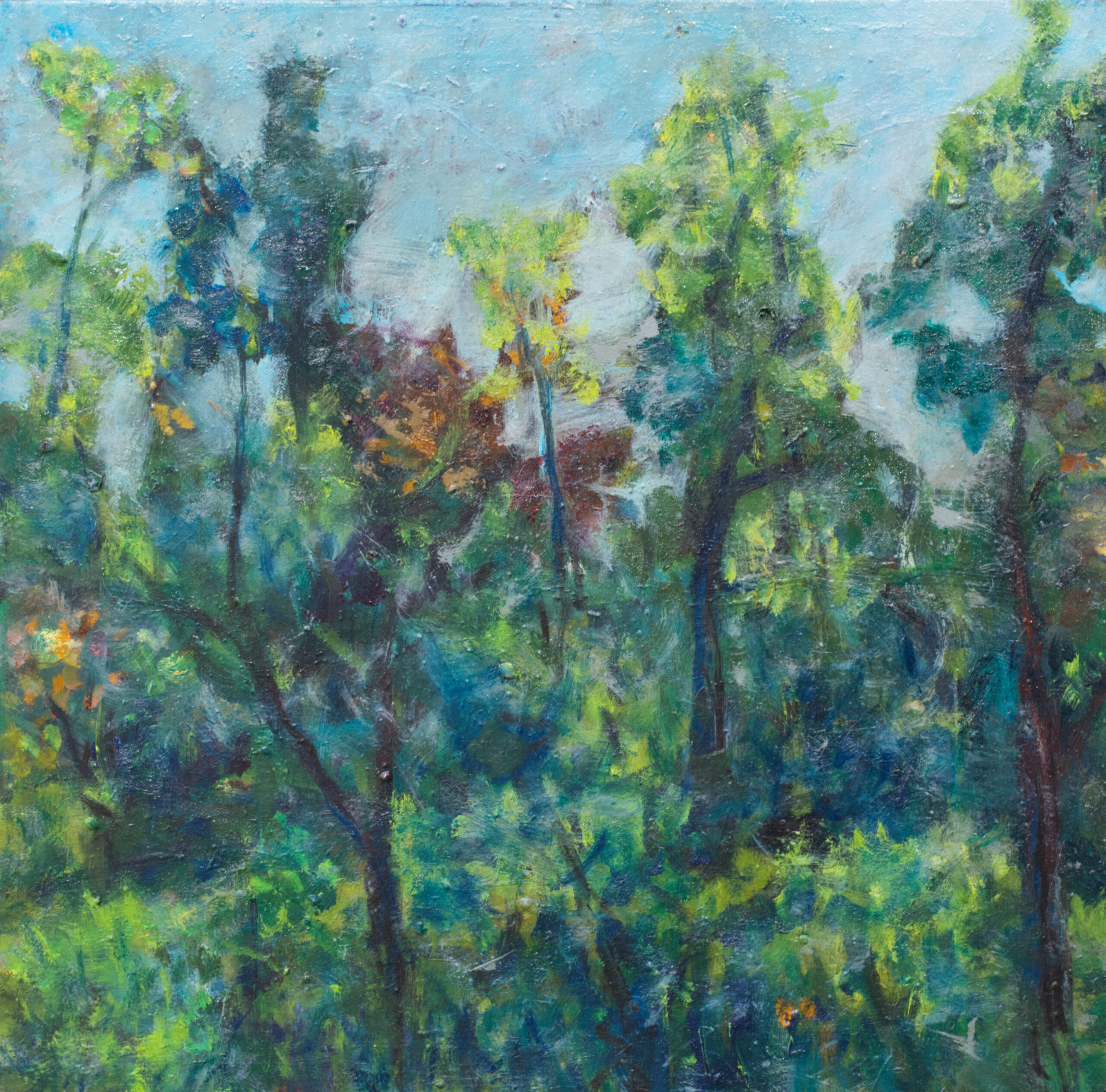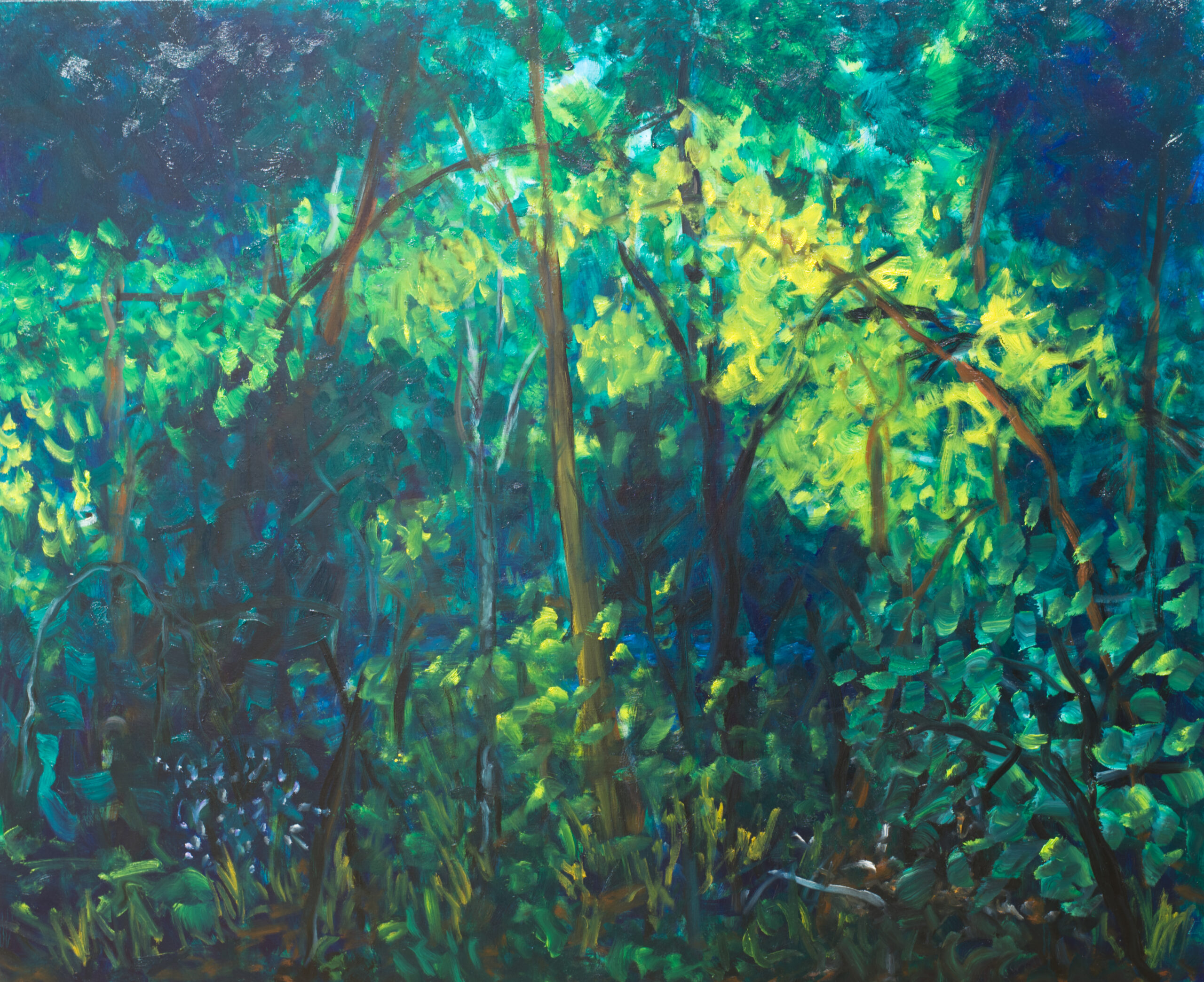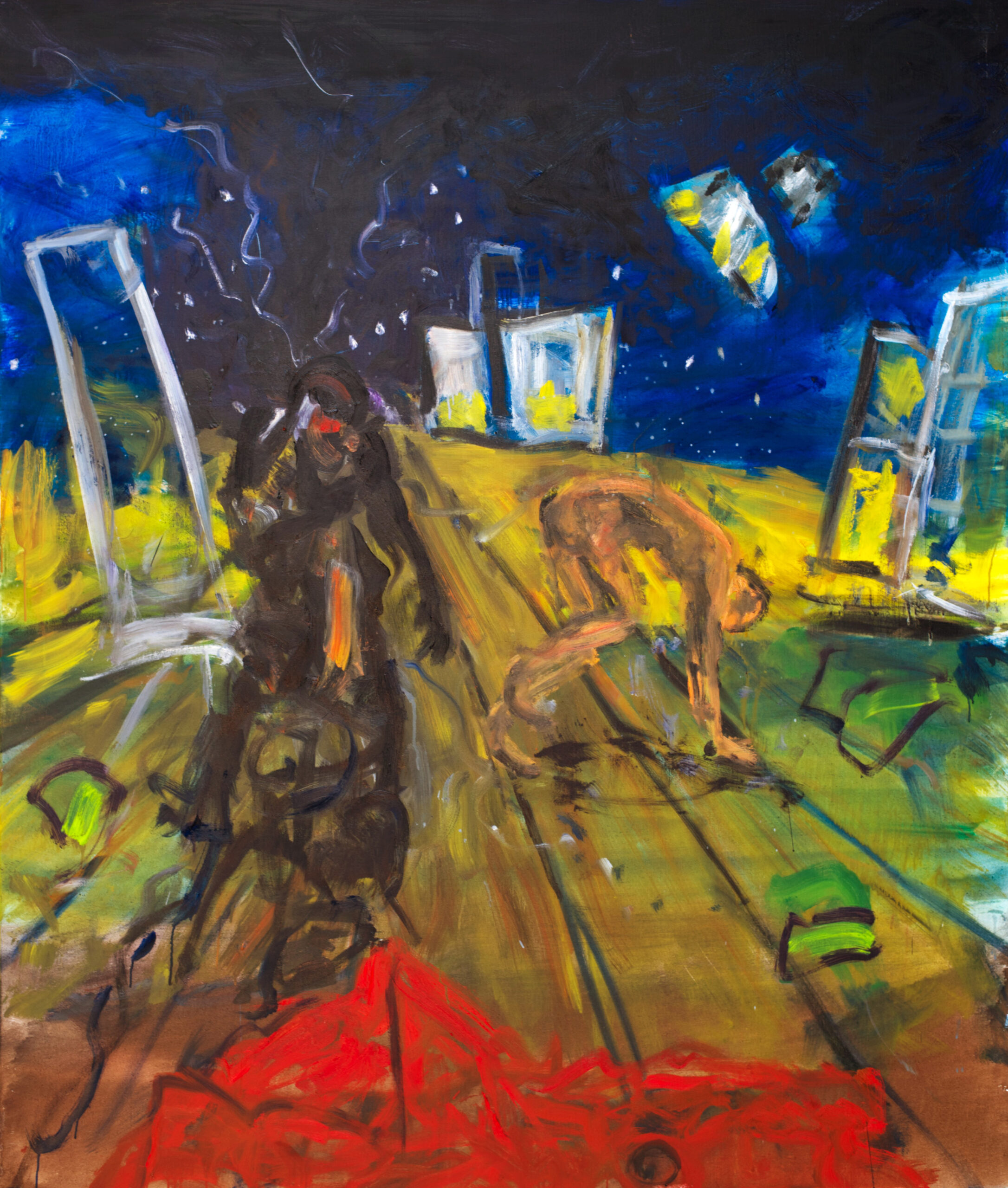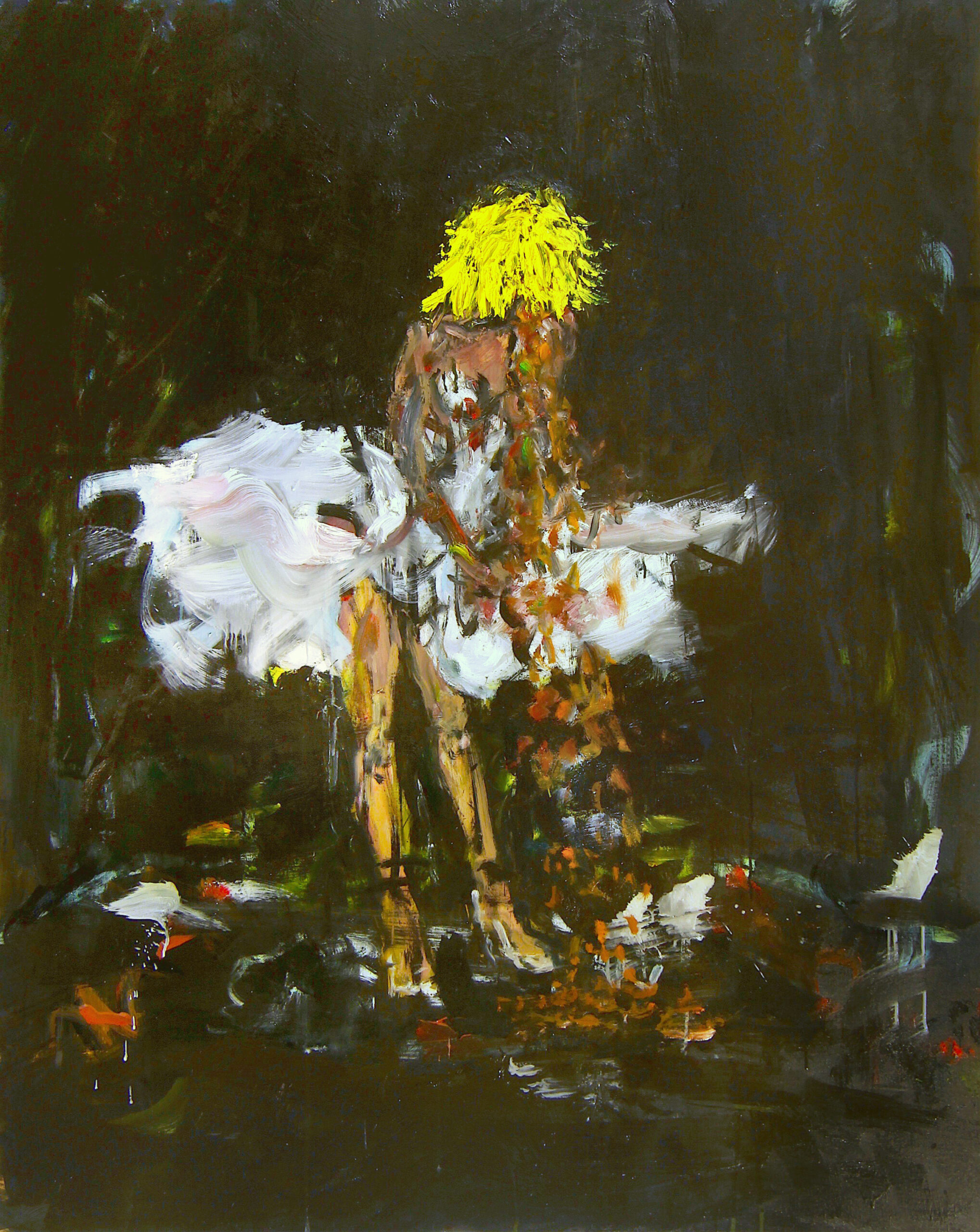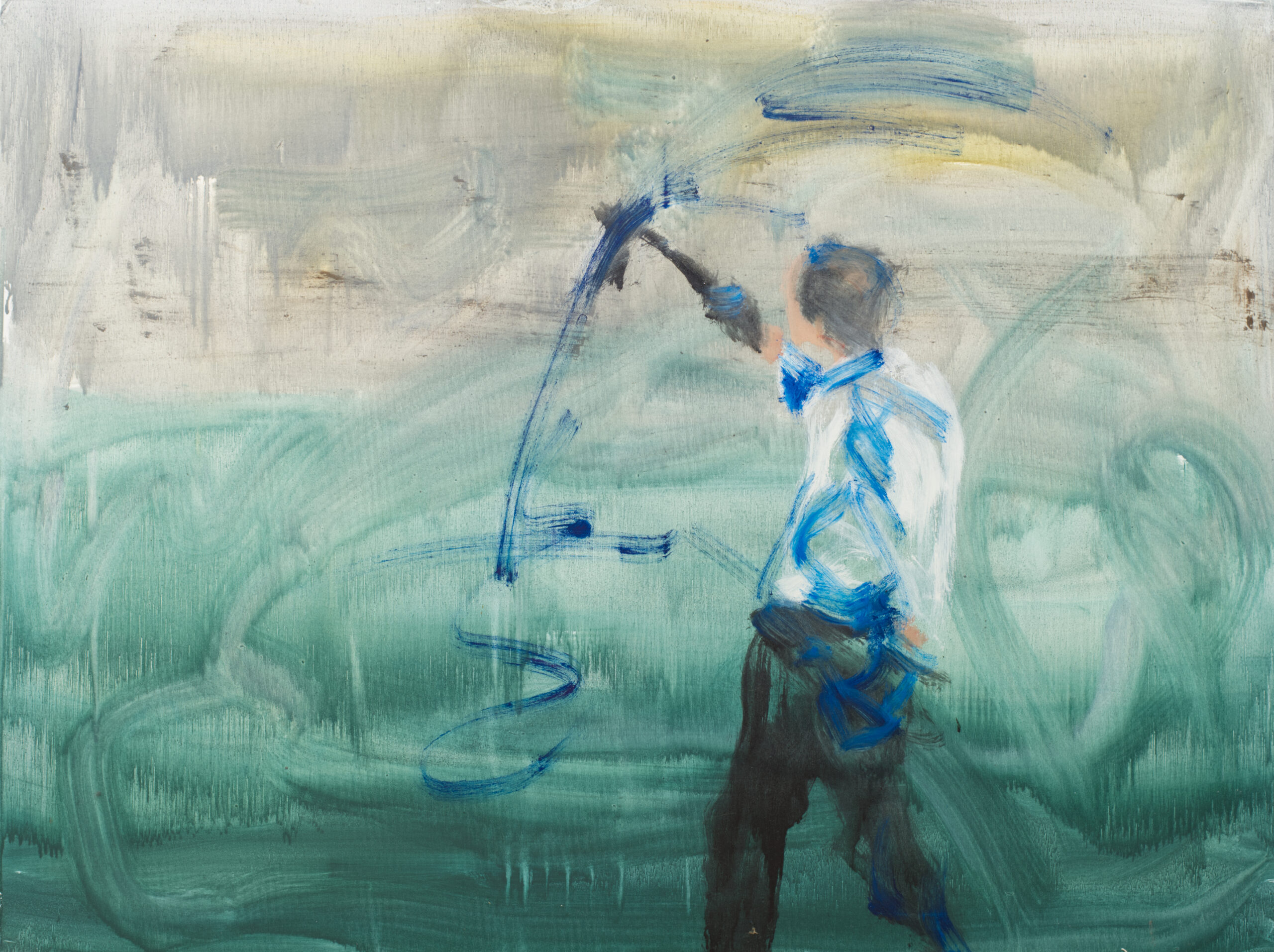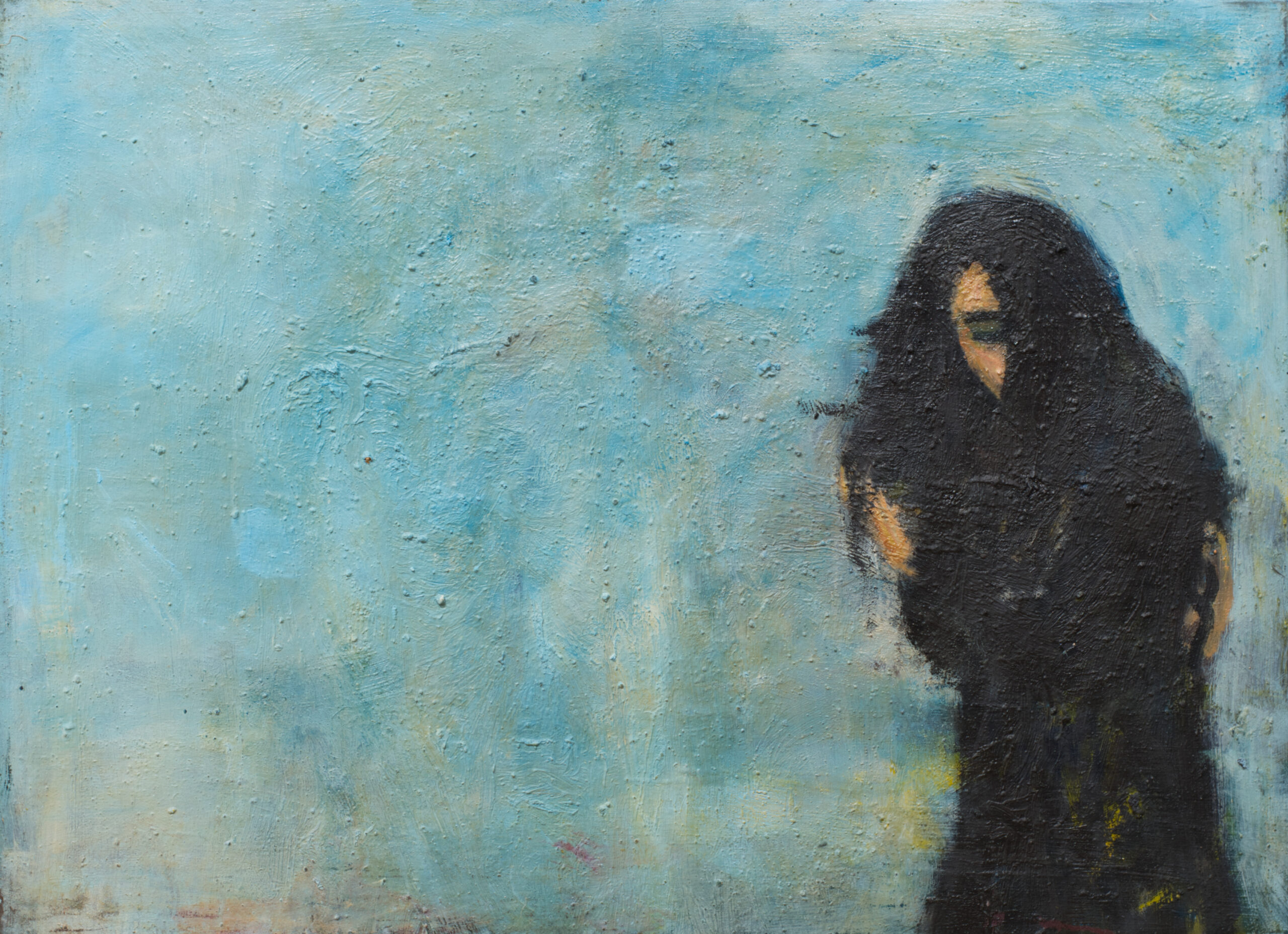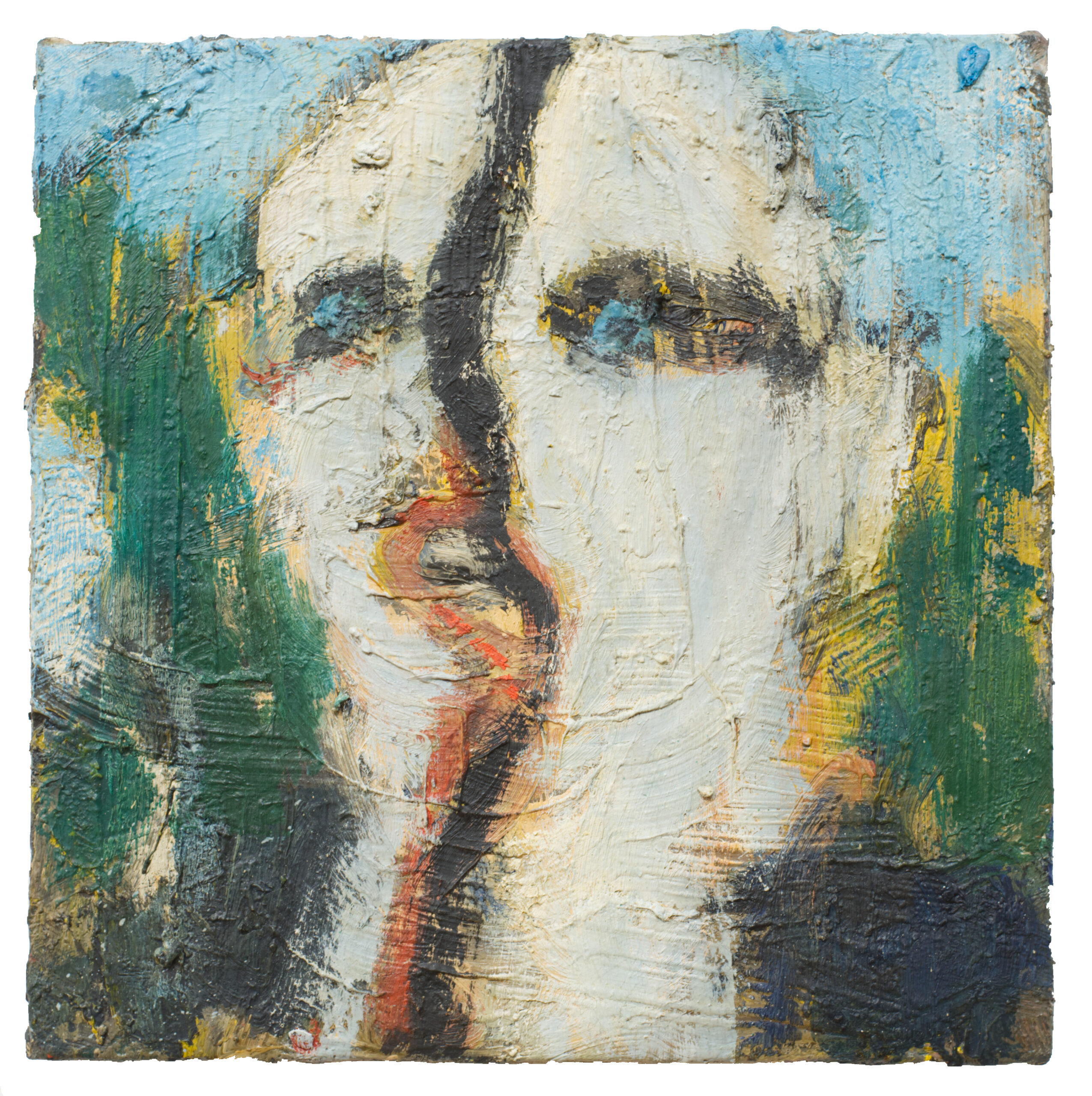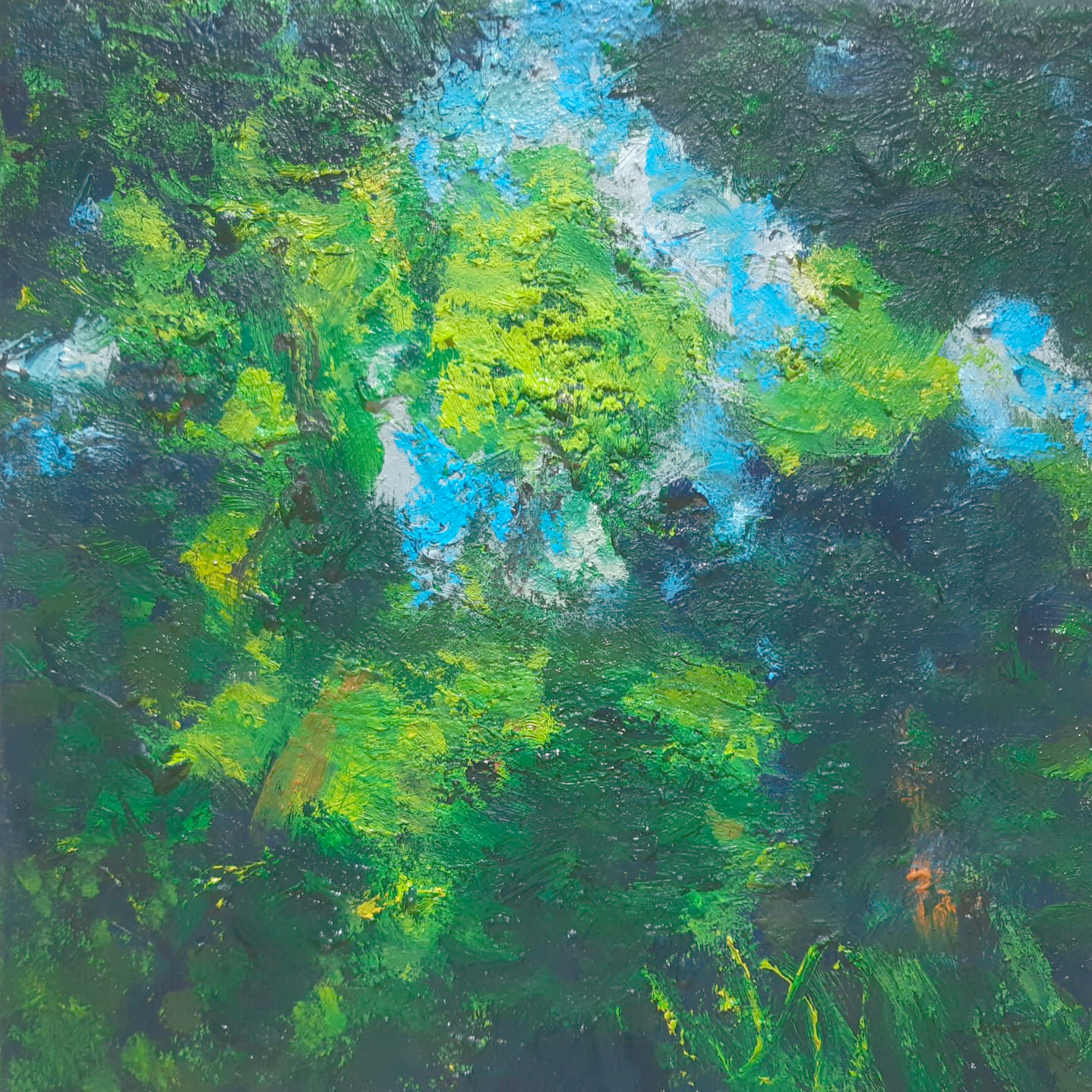Ferdinand Melichar is an artist who is clearly committed to painting in the classical sense. He does not expand this medium in the form of performative actions. He does not introduce any unfamiliar, disturbing materials. He does not flirt with digital possibilities. He does not need photographic templates. He sticks to canvas, brush and paint. Paint is applied to canvas, the trace of the brush remains clearly visible. In oil, he captures the world as it appears to him on the canvas, large-format, wide, open, with a free style or condensed, concentrated, in small format. His painterly language is characterized by a bold, powerful and sometimes impasto application of paint. His color palette alternates between intensely colorful and nuanced tones.
Born in 1962, he studied at the Academy of Fine Arts in Vienna under Markus Prachensky, a representative of Art Informel, alongside Mikl, Hollegha and Rainer, all co-founders of the St. Stephan group, and under Walter Eckert, whose artistic work is rooted in the context of post-war modernism. Ferdinand Melichar’s artistic origins, however, can be traced back to the “Neue Wilde”, the art movement of the 1980s that decisively turned back to painting, which had been declared dead, as a reaction to conceptual art. Their figurative, figurative painting refers to the individual feelings of its protagonists and focuses on elementary themes such as fear, distress and sexuality. The large-format pictures, always painted with bold, vigorous brushstrokes and a burst of color, are characterized by a joyful narrative.
Some forty years later, Ferdinand Melichar is still closest to them in the intensity of his scenic paintings. He relentlessly focuses his gaze on deeply subjective experiences, which he objectifies in explosive, strongly gestural painting, thus making them tangible for the viewer. He works physically on existential hardships such as distress, fear, anger and despair, which create space for themselves with action-packed impulsiveness, strongly colored, almost garish, explosive.
In his paintings, on the other hand, which revolve around the landscape in large and small formats, he seems to moderate himself, to come to rest: dark, velvety forests with small clearings, sunbeams meeting mossy darkness, mysterious shadows, damp coolness, promising thickets invite us to dream. He plays with light and shadow, light and dark in a confident yet subtle way. The spontaneous, gestural, dynamic approach is restrained, replaced by an effortlessly light and sweeping brushstroke. It is a wilderness that invites you to immerse yourself, to let go, to lose yourself in it, to seek oblivion from all the distress of civilization.
Yet at times a diffuse unease creeps over you when you look at these forests, which at first cannot be explained.
But then you realize that the light, airy islands of colour are contrasted with heavy, impasto sections of paint.In them one senses a renewed fierceness, almost defiance in the rich application of color. Are his forests and fields not just meant to depict a pure idyll?
Obviously not, because Ferdinand Melichar confronts us not only with the lush abundance, but also with the menace and fragility of this nature.His wilderness is ambivalent.This becomes clear in those landscapes that are marked by human intervention. Bare, desolate, stripped of all color, in a sophisticated gradation of cool gray tones that simultaneously fascinate and disturb. Unadorned, he shows us the frightening consequences of the Anthropocene, the effects of climate change and the increasing severity of extreme weather events. He juxtaposes dying forests and desolate industrial landscapes with his utopian, picturesque designs of wilderness.
Ferdinand Melichar knows exactly how to irritate.
Sensuality and intellect meet in his imagery. It clearly visualizes what we have already lost, what needs to be preserved and regained.Ferdinand Melichar is uncomfortable, always challenging us to take a stand. Attentively, critically and with great sensitivity, he deals with the reality he experiences, with all its aspects, its beauty as well as its abysses.His friend, the poet Peter Turini, puts it in a nutshell: “In his art, the most terrible and the most beautiful are very close together, just a few wing beats away from each other.I think this is the simplest and most difficult truth to bear: our life is so beautiful and so horrible in one, because we are so beautiful and so horrible in one.The painter Ferdinand Melichar paints truth, not new or old, not ugly or beautiful.”
Ferdinand Melichar paints life.
Sabine Fellner



